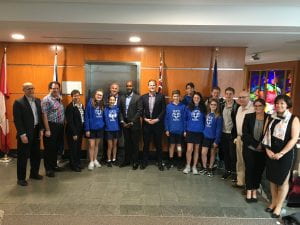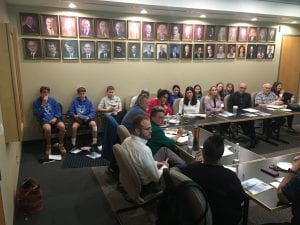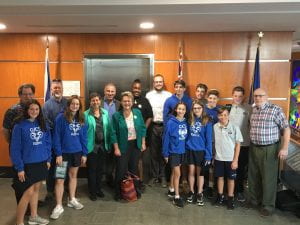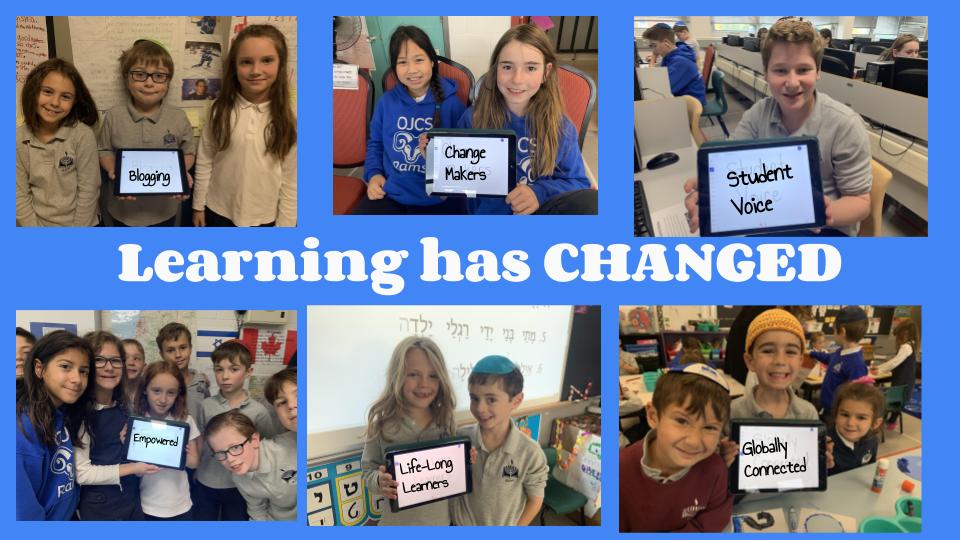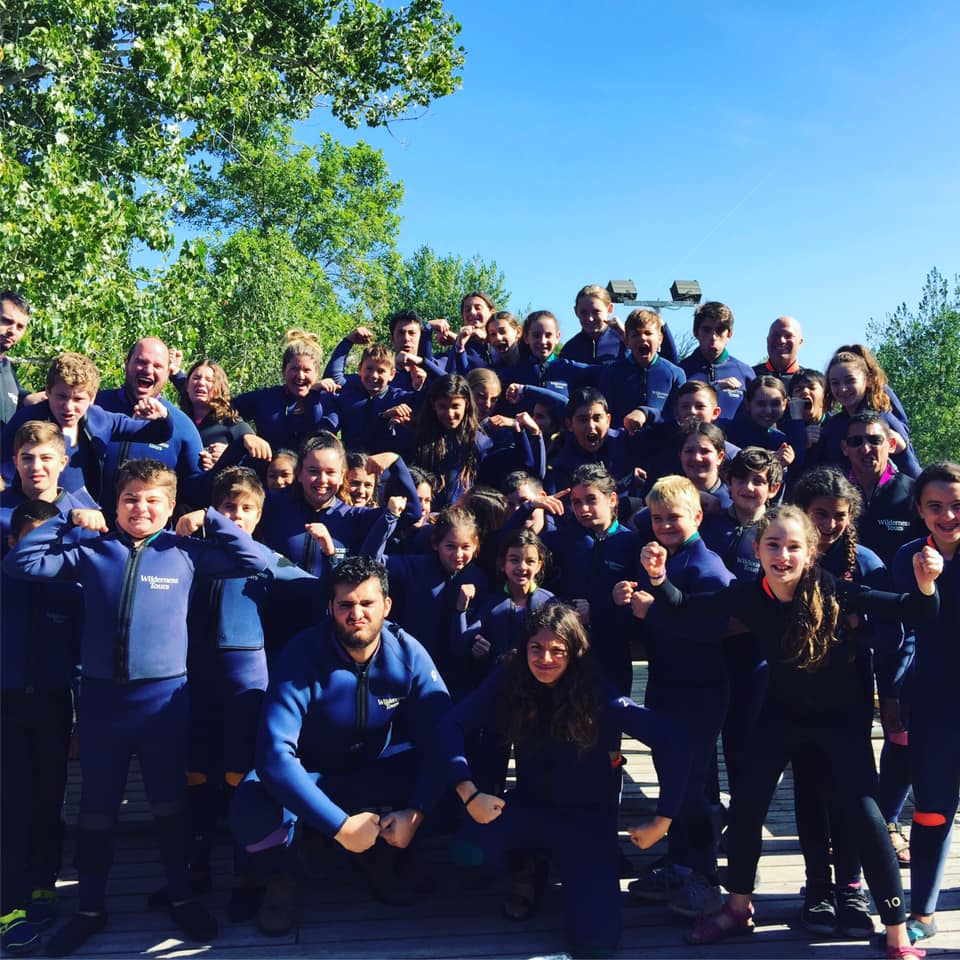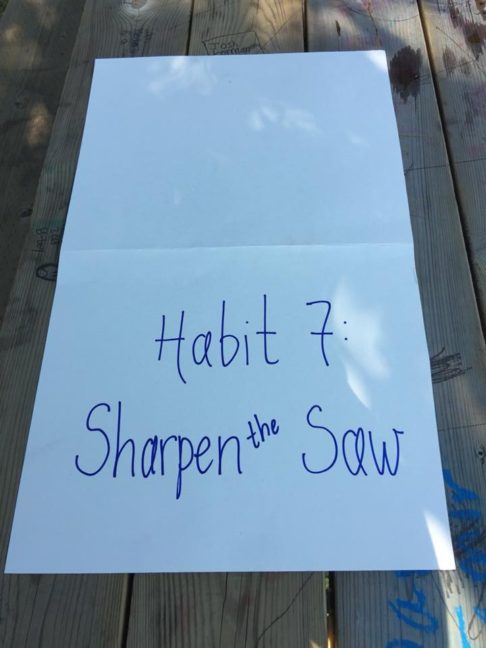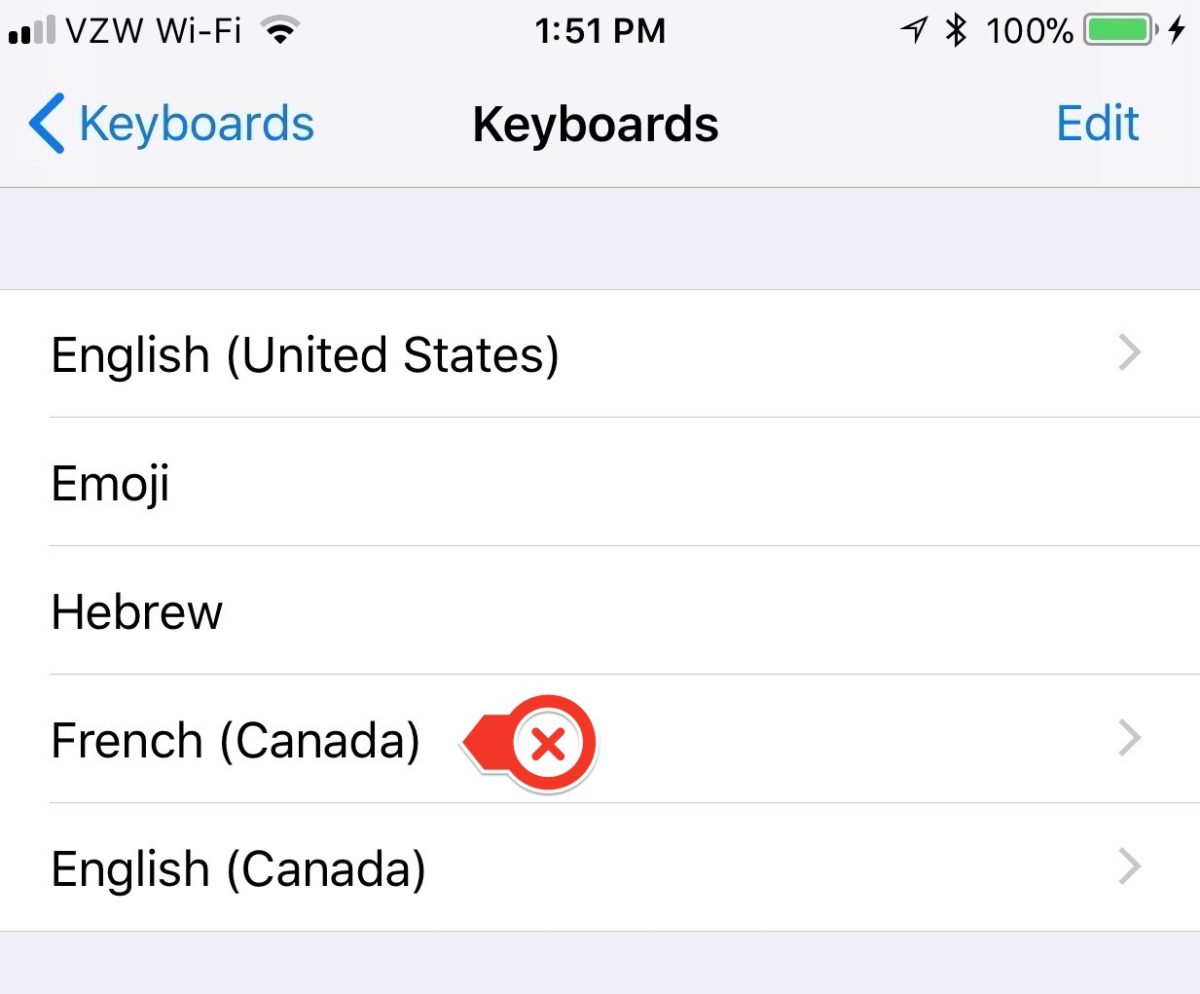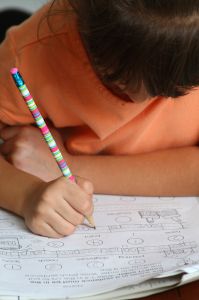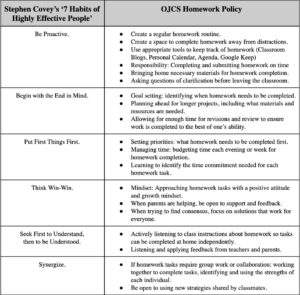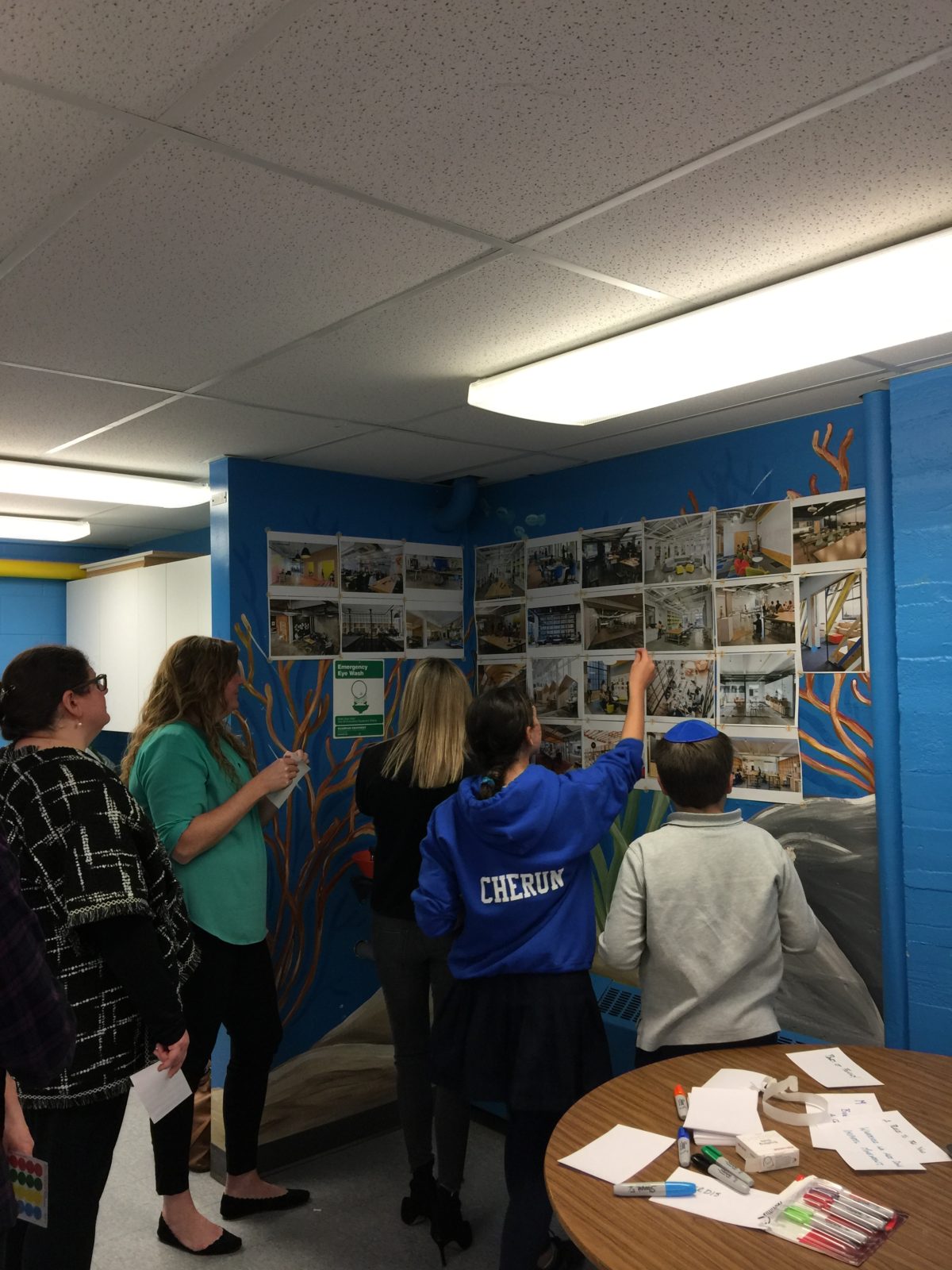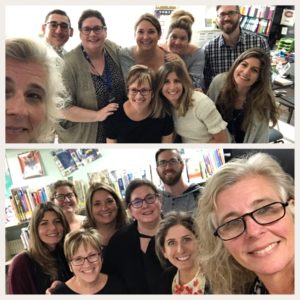Another PD Day is ramping up at OJCS and we are looking forward to a day of growth and a day of community-building with our teachers. Days like today are critical pitstops on our learning journey towards our North Stars; they give us the mini-break and the mini-boost we need to keep our rhythm and our momentum. And, as always, it is my pleasure to give you a peek inside with one my seasonal “liveblogs”.
How are we beginning our day (after breakfast)? Let’s check in with our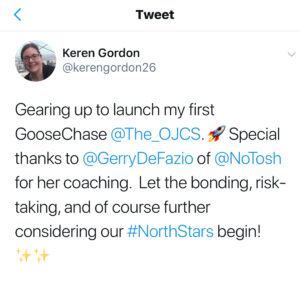 Vice Principal, Keren Gordon:
Vice Principal, Keren Gordon:
9:00 AM “The OJCS Way” Strategy GooseChase
What is a GooseChase you may ask? Well GooseChase is an app for creating your own online, collaborative scavenger hunt that allows you to create teams, develop missions, track live scoring, etc. It is something we experienced in our work with NoTosh and are now using with our full faculty. When used in an educational setting, you can create missions that require students – or in our case teachers – to learn something, do something, show something, etc., all in service of growth.
Our Faculty GooseChase today is to help our teachers better understand how to teach and learn according to “The OJCS Way”. You have heard a lot over the last few years about our “North Stars” and they are really important. Our North Stars are our core values and, as such, remain permanently fixed in the sky as our guide towards being the best school we can be. But how do we get there? What is our path? Well. Those are our Strategies. If you want to see how the Good Ship OJCS sets sail towards its objective – guided by North Stars through Strategies – this amazing sketchnote by our Teaching & Learning Coordinator Melissa Thompson puts it all together:
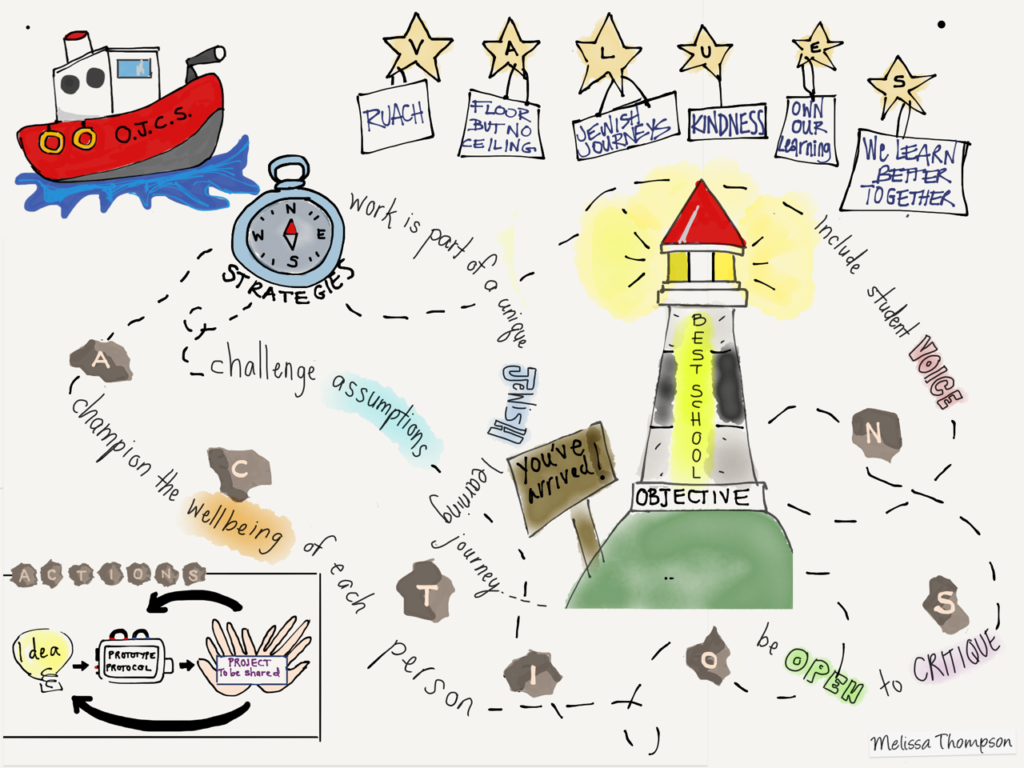
So, in order to help our teachers better understand the Strategies…
- Champion the Wellbeing of Each Person
- Be Open to Critique
- Challenge Assumptions
- Work is Part of a Jewish Learning Journey
- Include Student Voice
…what kinds of missions are our teachers running around the school trying to complete? Here’s a sample:
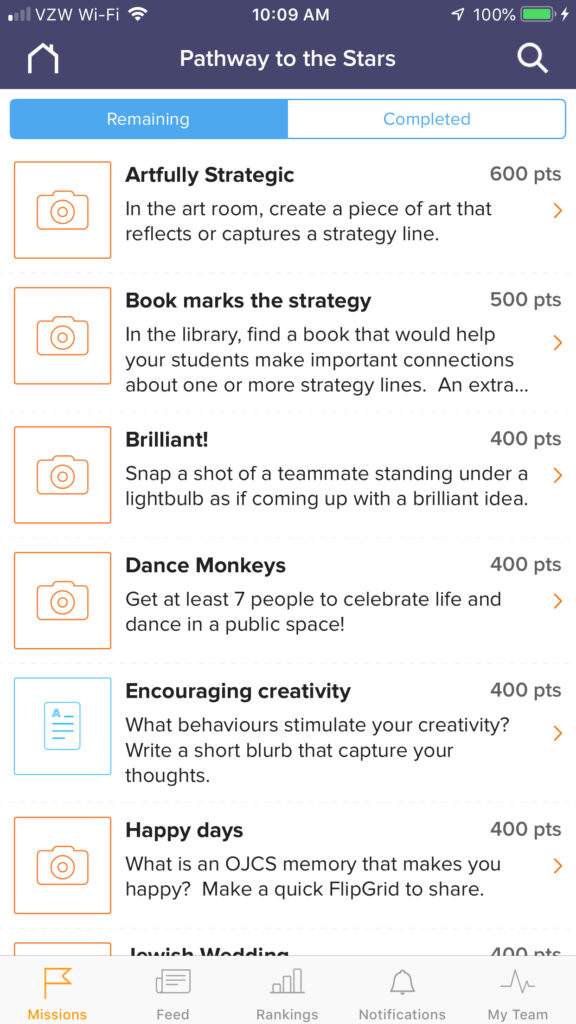
Each time a team completes a mission, they upload the evidence – a text, a picture, a video, etc., – and they get points. There is a live leaderboard that scrolls all the uploaded content and the scoring as you make your way through. Our teachers are running around the school, taking pictures, making videos, learning, laughing and having a great time.
Want proof?
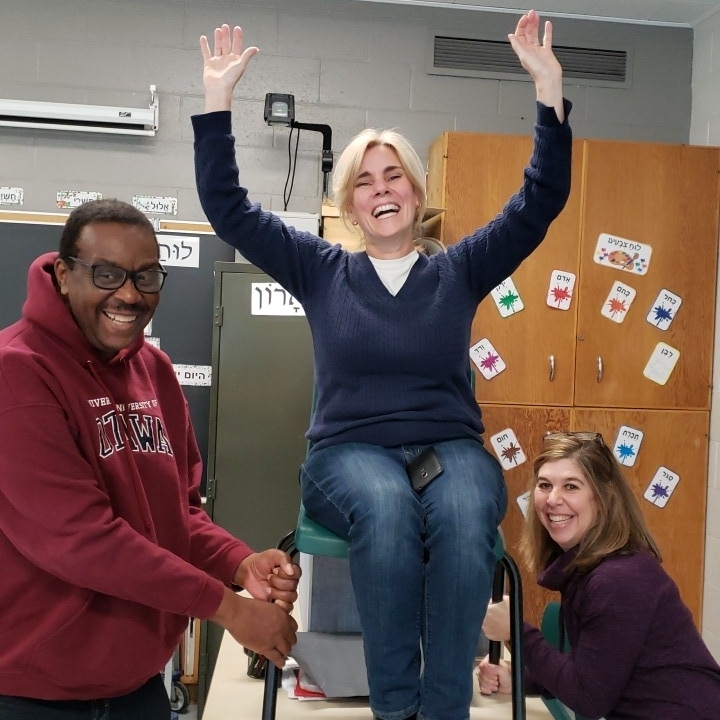
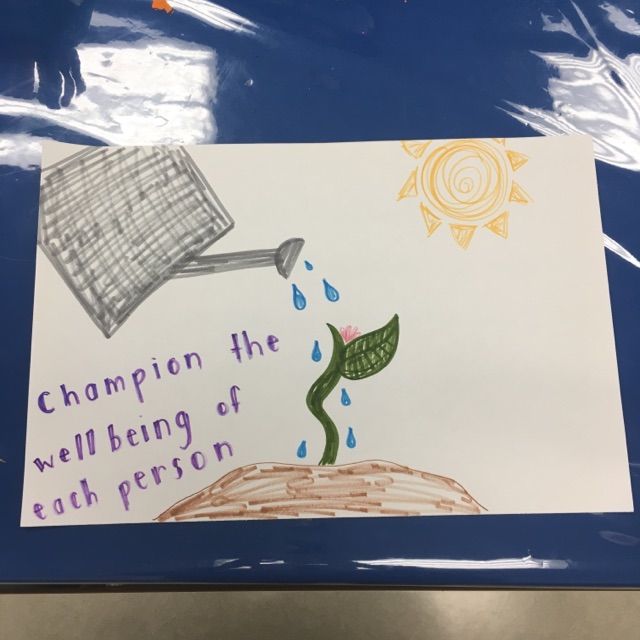
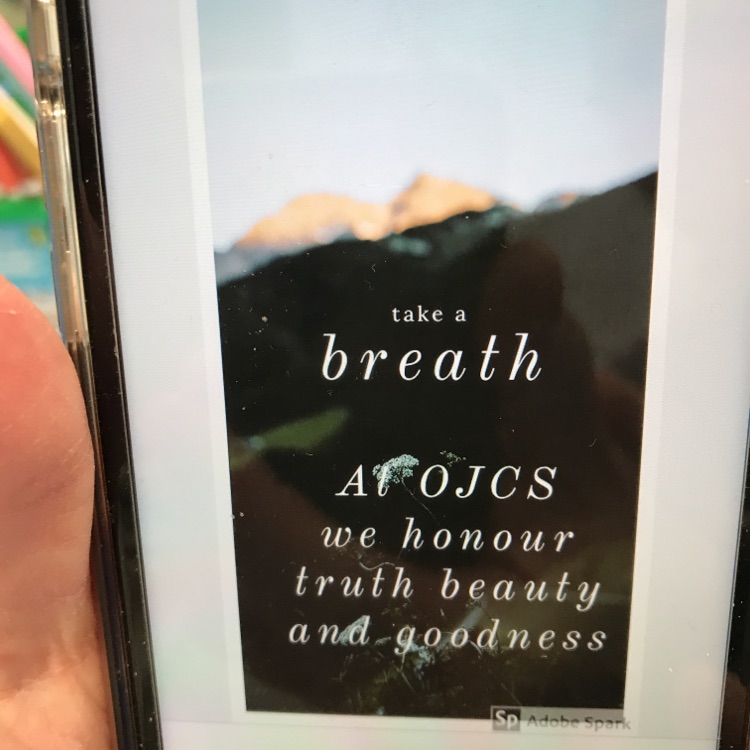
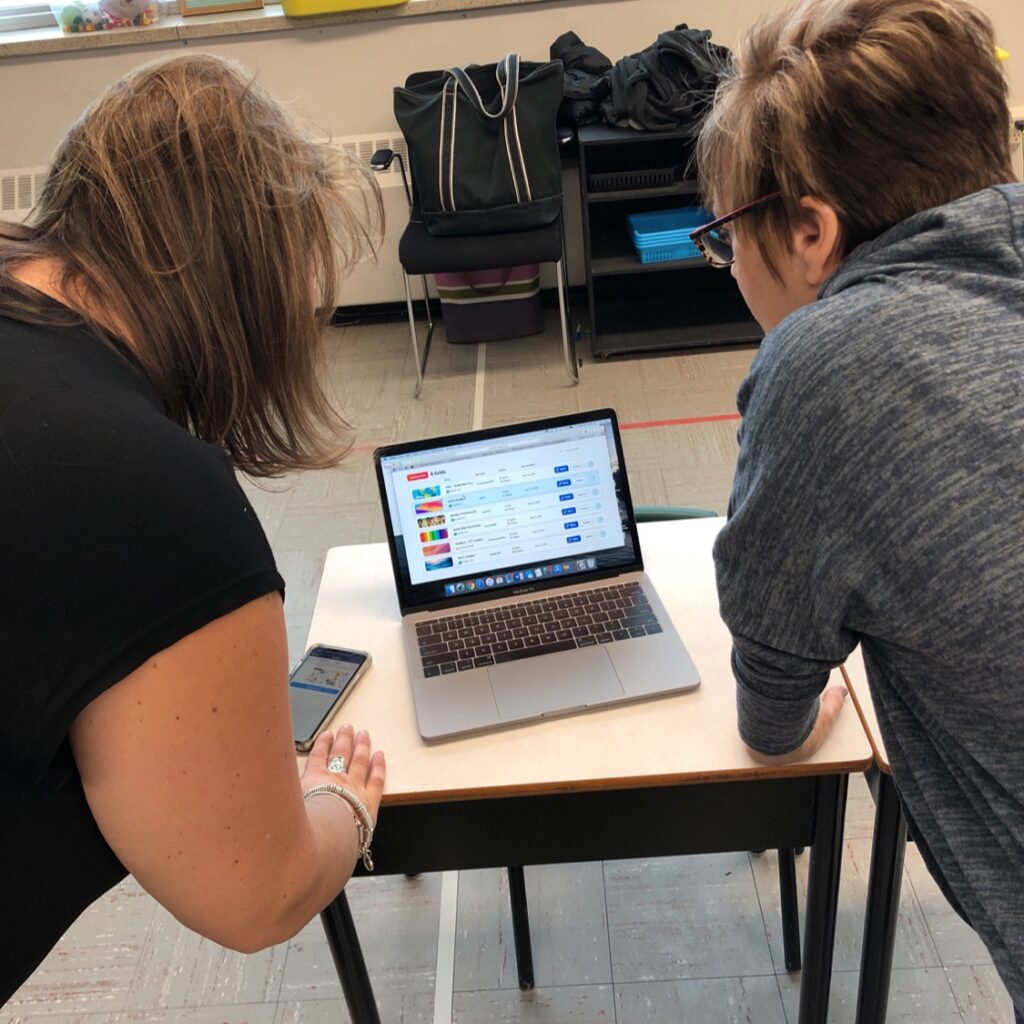
There are lots and lots of hilarious videos and pictures that I cannot show here, but needless to say, our teachers had themselves quite the GooseChase! We are excited to see how their deep dive into strategy will impact teaching and learning and we are excited to see how many of them will try a GooseChase of their own in their classrooms. Stay tuned.
11:00 AM Structured Conversations
For the last part of our formal program, we divided our faculty into four structured conversations, differentiated by department:
- TACLEF for French Faculty
- ALSUP for Middle School Faculty
- VoiceThread for Jewish Studies Faculty
- STAR Reading for Language Arts Faculty
TACLEF for French Faculty
With all the professional development our French Faculty has been receiving through TACLEF (our work with TACLEF is generously supported by a grant from the Jewish Federation of Ottawa), we definitely thought it was a good idea to give them an opportunity to take stock and think together about how to move the work forward. Today the team explored how to use our new assessment tool as part of our process for determining both original placement in our Core and Extended Programs, as well as when it may be appropriate to switch from one to the other. Here’s what else was on the board:
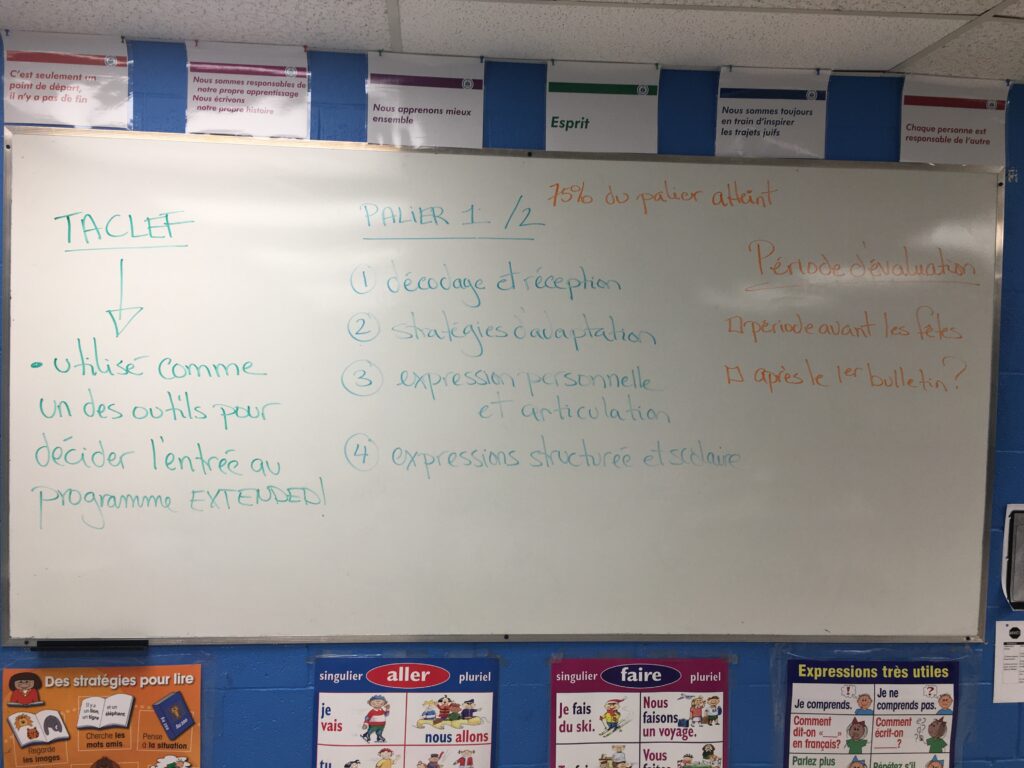
ALSUP for Middle School Faculty
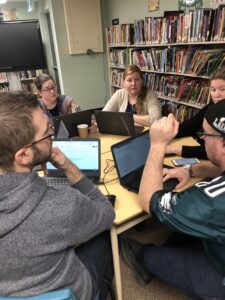 As part of implementing our new Behaviour Management program, our whole faculty are frequently asked to conduct an ALSUP for goal-setting purposes as we prioritize growth in all areas of their learning, including social-emotional wellness. What is an ALSUP? It is an Assessment of Lagging Skills and Unsolved Problems (ALSUP) and it is used to help identify what is behind the behaviours we are seeing and how to strategically support the student with goal-setting that invites different outcomes. Today Middle School conferenced about the ALSUP, the process for goal-setting and how to invite meaningful follow-up conventions with students and their parents.
As part of implementing our new Behaviour Management program, our whole faculty are frequently asked to conduct an ALSUP for goal-setting purposes as we prioritize growth in all areas of their learning, including social-emotional wellness. What is an ALSUP? It is an Assessment of Lagging Skills and Unsolved Problems (ALSUP) and it is used to help identify what is behind the behaviours we are seeing and how to strategically support the student with goal-setting that invites different outcomes. Today Middle School conferenced about the ALSUP, the process for goal-setting and how to invite meaningful follow-up conventions with students and their parents.
VoiceThread for Jewish Studies Faculty
I led this one myself and so I have nobody to blame for not having take any pictures! We spent time looking at VoiceThread – a sophisticated, versatile recording tool that creates lessons which include video, images and sound. Although we already utilize a variety of other apps and tools that have some similar features, we really believe that VoiceThread may give us an easy and exciting way to provide students with opportunity to practice listening and speaking in Hebrew. We brainstormed ways we could use VoiceThread in class, as personalized homework, to enrich, to remediate, and enhance second language acquisition. We will be getting a license so that our teachers can begin to play – and perhaps prototype. We also believe this could be a great tool for French as well.
STAR Reading for Language Arts Faculty
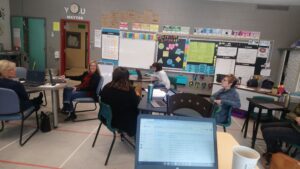 Our Language Arts Faculty looked at Star Early Literacy/Star Reading Assessments and learned how to read reports to find the focus skills that will help guide lessons, as well as plan differentiated, personalized lessons for individual students based on their personal reading comprehension needs. They had a great discussion around reading for the love of reading and reading to grow. There’s a time and a place for both and both can be true in our classrooms and at home. This diagnostic is ONE tool that exists for our teachers to help learn a little more about our students and support their ever-growing journey as life-long learners.
Our Language Arts Faculty looked at Star Early Literacy/Star Reading Assessments and learned how to read reports to find the focus skills that will help guide lessons, as well as plan differentiated, personalized lessons for individual students based on their personal reading comprehension needs. They had a great discussion around reading for the love of reading and reading to grow. There’s a time and a place for both and both can be true in our classrooms and at home. This diagnostic is ONE tool that exists for our teachers to help learn a little more about our students and support their ever-growing journey as life-long learners.

For the rest of our day, we gave our teachers the most precious gift of all…time! Time to finish those report cards, to plan for meaningful parent-teacher conferences, time to catch up and time to get ahead. We are looking forward to resuming school on Monday renewed, rejuvenated and ready to reach for those (north) stars!

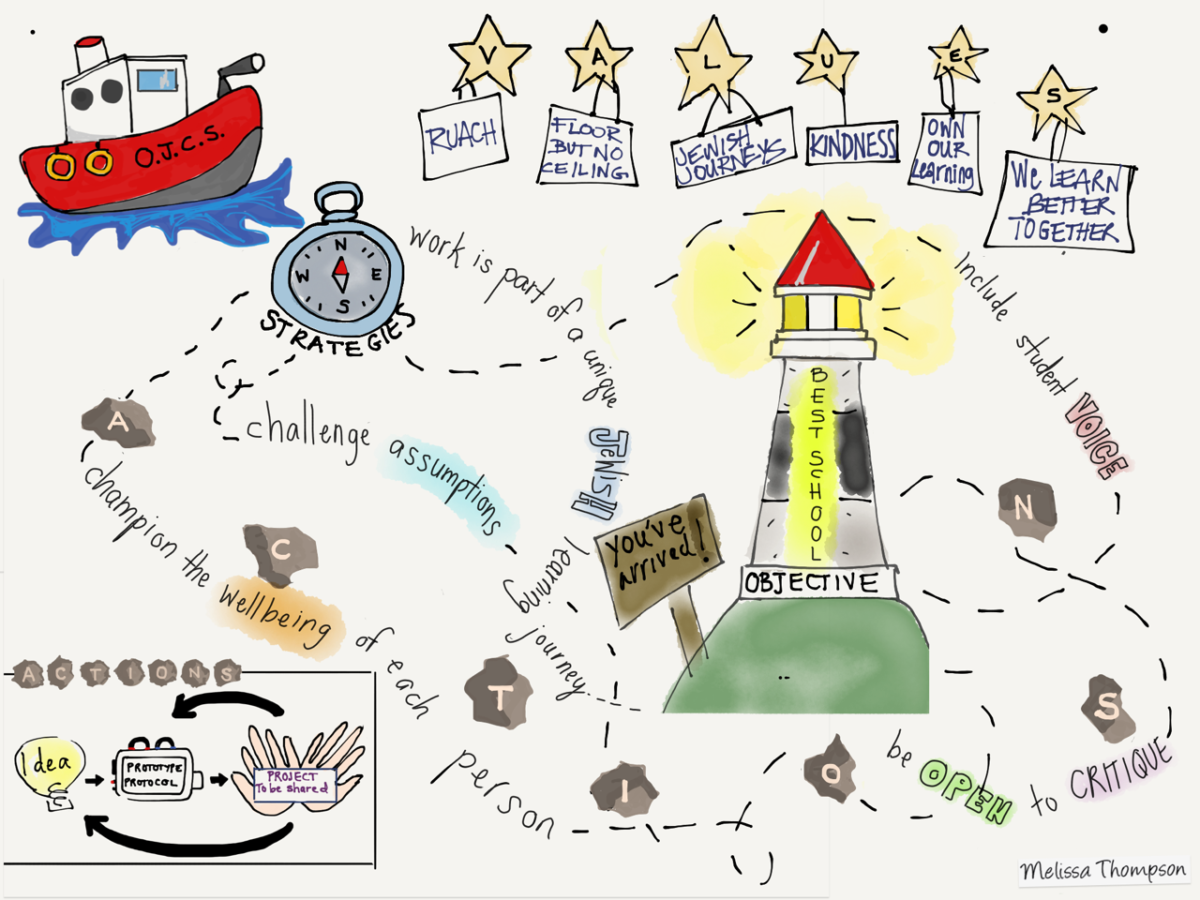




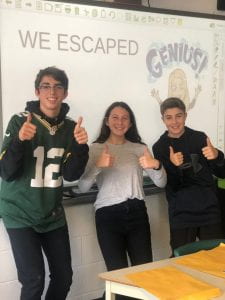


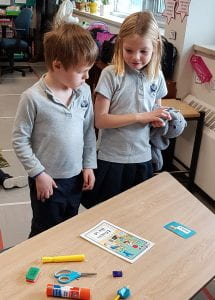
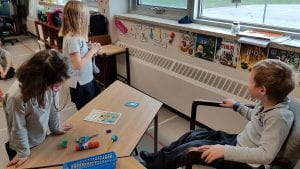
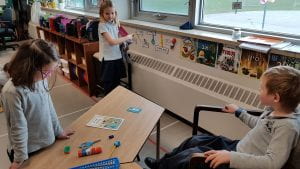

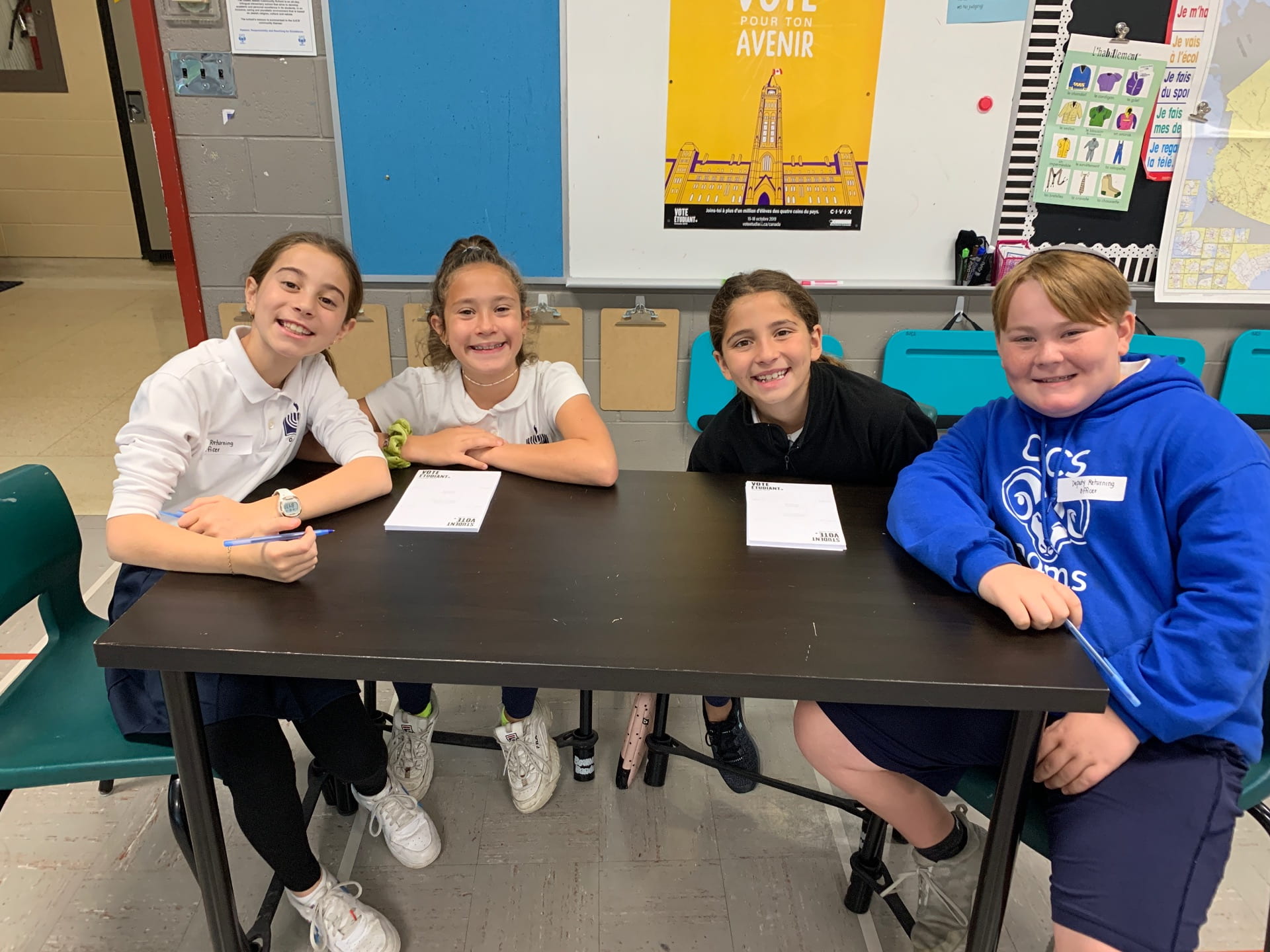
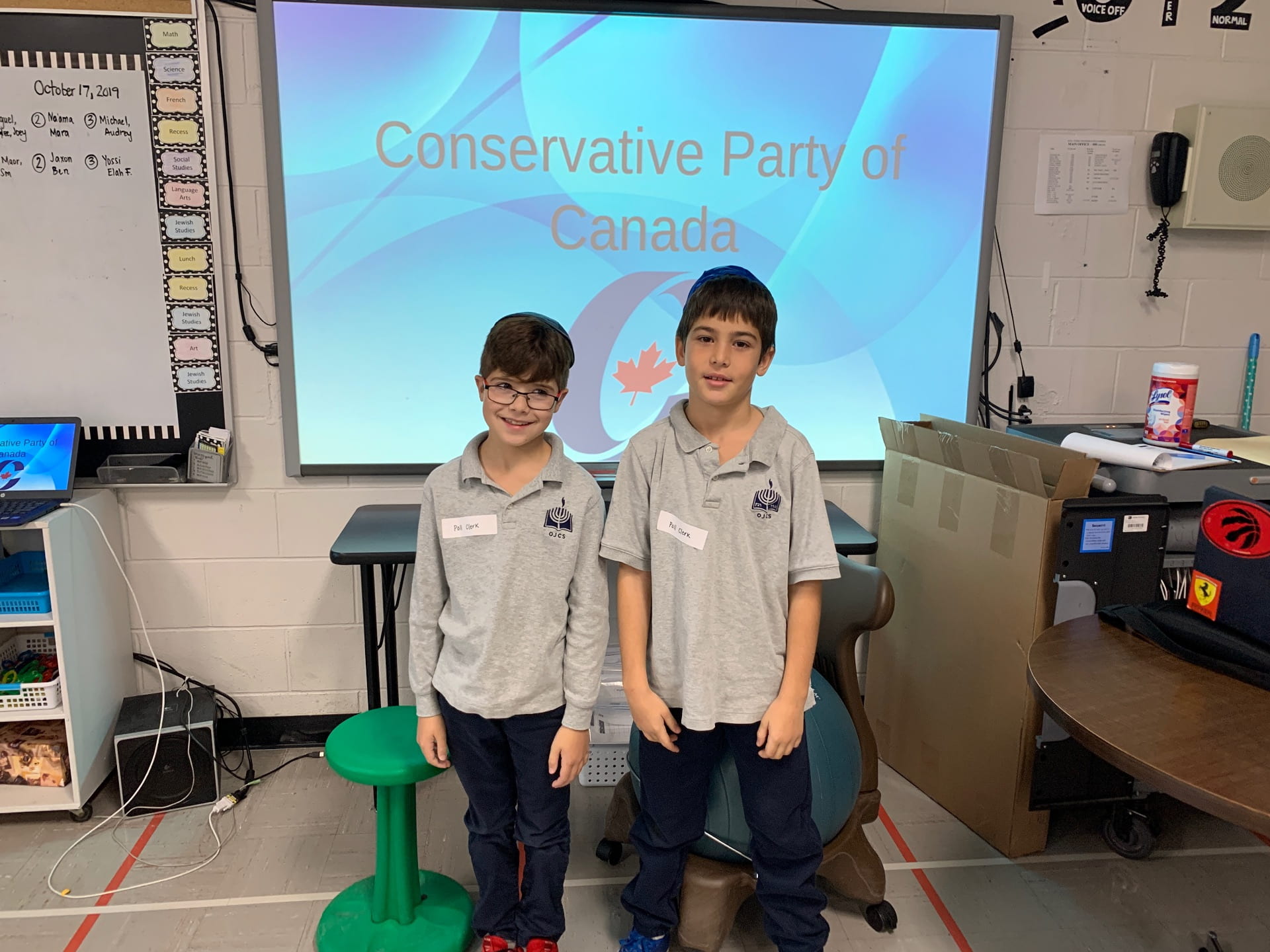
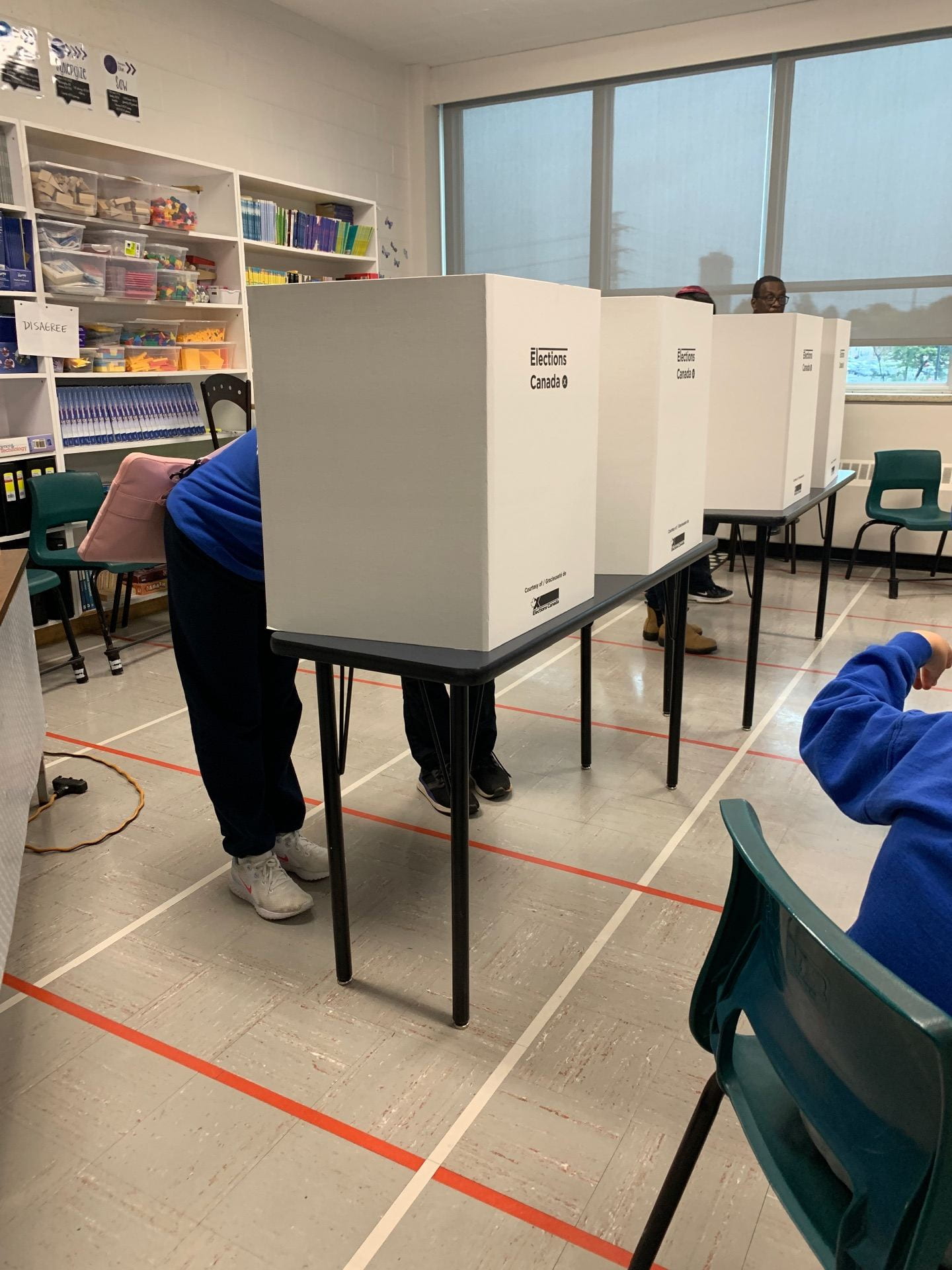
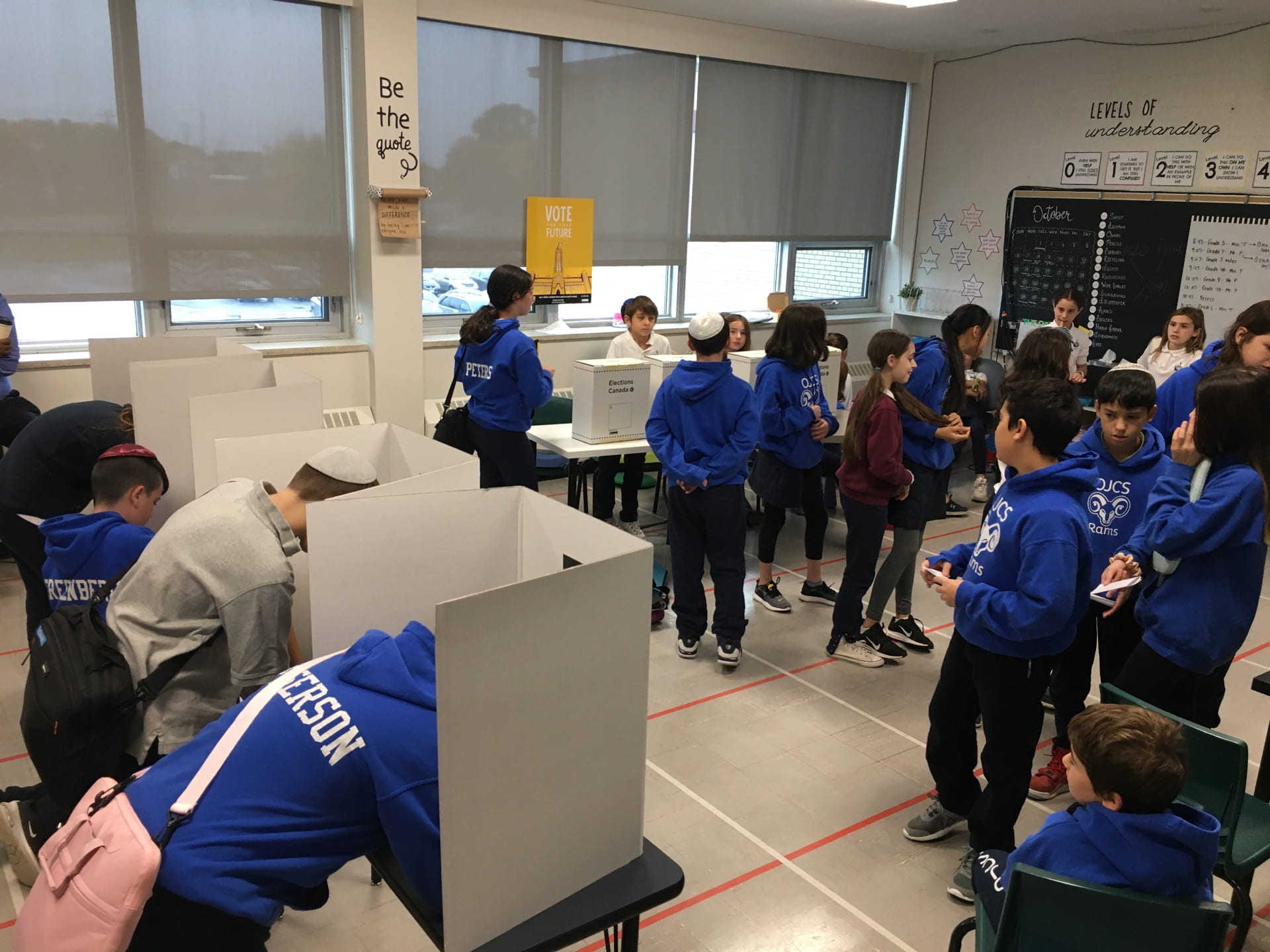
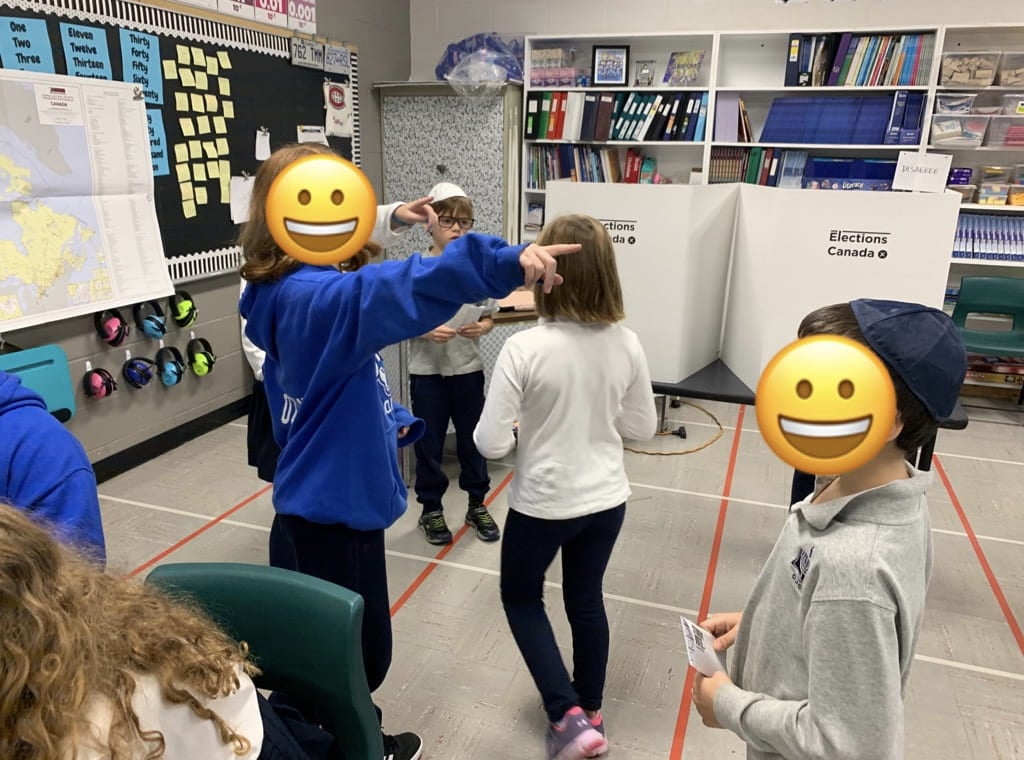
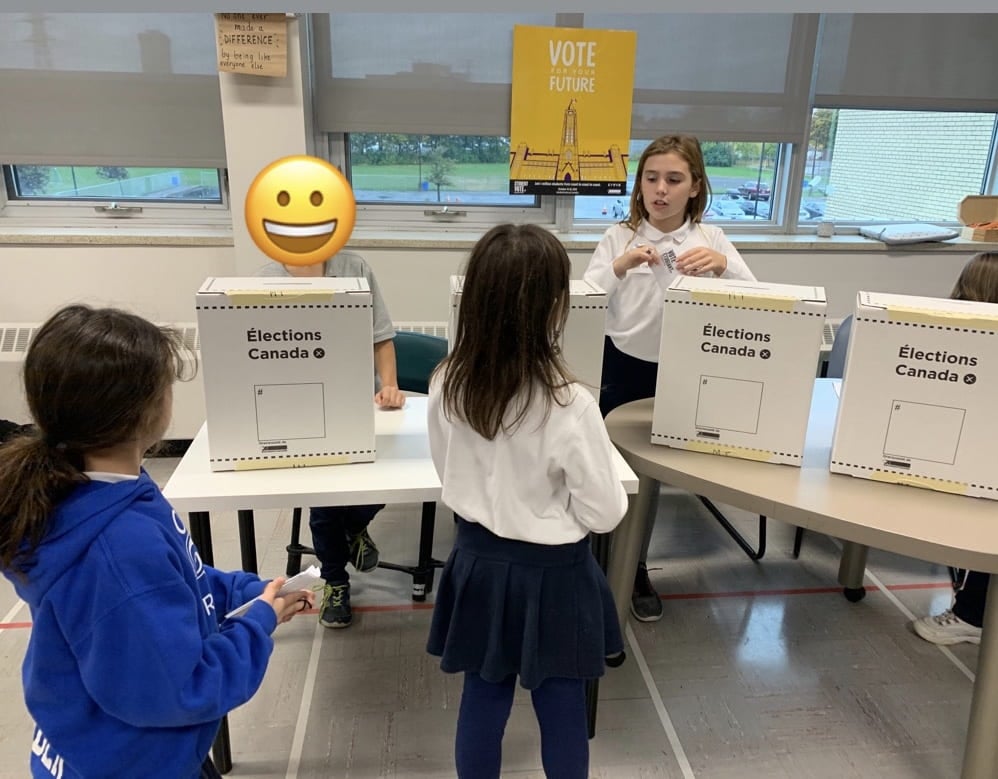 We can’t wait to share the results with you, after the polls close for the rest of the country, on Monday evening. We will be counting the votes on Wednesday so stay tuned!
We can’t wait to share the results with you, after the polls close for the rest of the country, on Monday evening. We will be counting the votes on Wednesday so stay tuned!